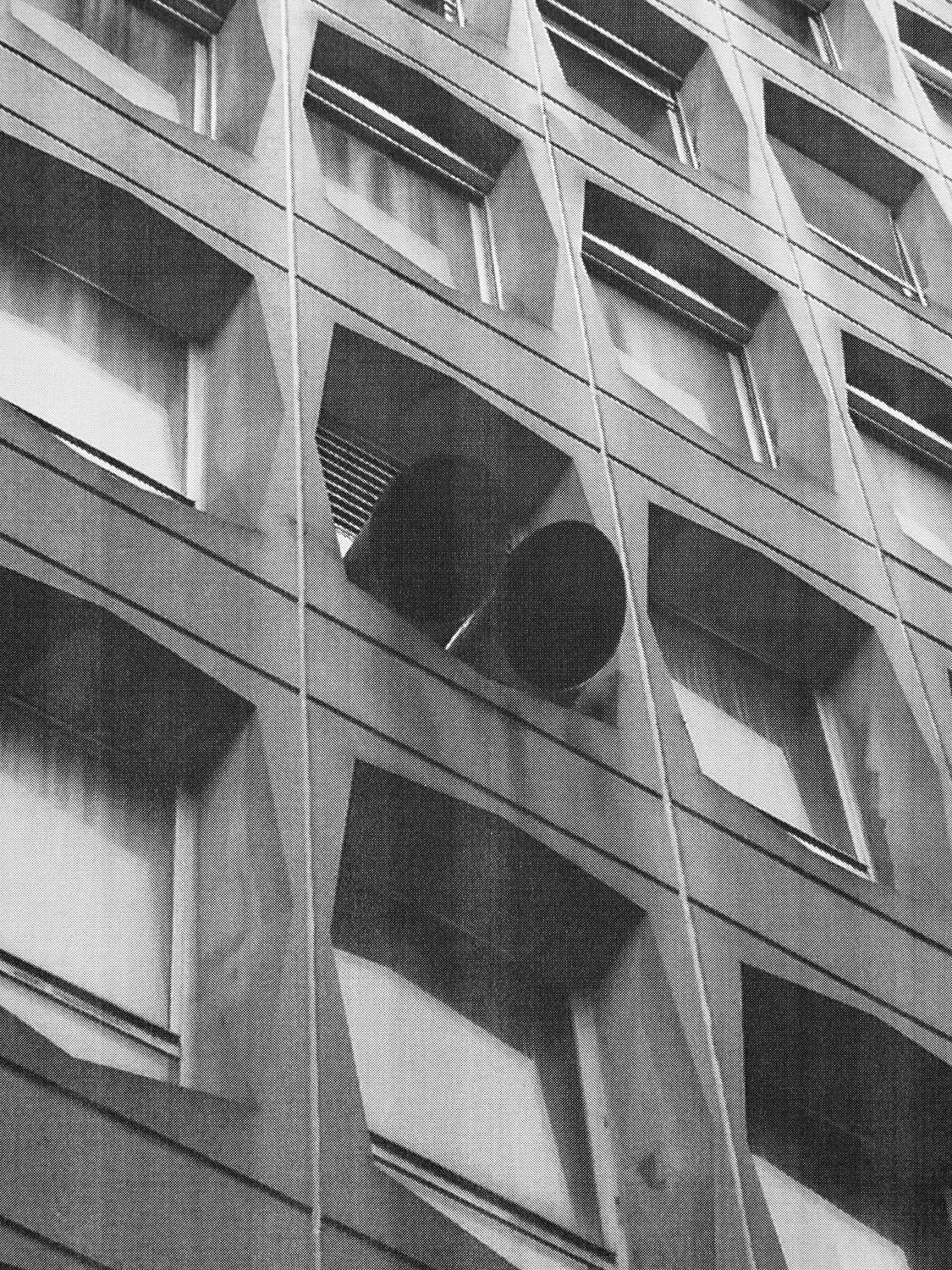| Tutor(s) | Lars Fischer |
| Campus | Ghent |
| Language | EN |
| Engagement | Mediating Tactics |
| Semester | 3 |
The Ill-tempered Office
The ill-tempered office refers to the micro-climate of the office. These climates rather than being effected by the weather or the seasons are increasingly defined by human intervention and the built material environment. The interior of the office has become more and more sealed off from the outside and technologically controlled. This has largely been driven by normalized notions of comfort, as well as more recently by standardized definitions of sustainable architecture.
Departing from the office environment this studio will take a detailed look at how the climatic environment of workplace is defined and created and critically examine the role architectural design plays.
The ill-tempered office will look at how we can intervene with architecturally and not only with technical means into the micro-climate of the office. The studio approaches architecture from a decidedly ecological perspective, where ecological not only includes the environmental but also the social and the mental, looking at different ways in which our bodies engage with thermal climate, how we are affected by it as well as how we affect it, within the space of the office.
The studio is broken down into three phases. The first phase, the Critique, is concerned with notions of comfort and will take a critical look at how comfort is defined and represented in architecture and theory, as well as research the different means and methods that control the micro-climate of the office, by way of reference projects.
The second phase, the Analysis, will build on the Critique to frame a specific view(point) to engage with the micro-climate. An existing office building will be used as a case as a case study by the studio. We will analyze the building, the micro-climate, the cultural, historical, and social context, the materiality and architectural typologies, from the perspective of comfort. Special focus will be put on the invisible flows that keep the building active and interrogate how our bodies and social interactions depend on and impact these different kinds of flows in a building, such as water, energy, air, circulation, production. The analysis will be developed from both research and experience.
Equipped with research, analysis, and representations of the climatic interior of the case study, each student will identify a specific area of discomfort to be addressed. With this focus relevant habits and conventions will be examined and questioned to take a critical position in relation to an approach to the thermal climate and associated notions of comfort within the broader framework of the state of the world, and the current state of architecture specifically.
In the last phase, the Design, specific architectural interventions for the case study will be proposed and developed. These interventions can take on different forms but should articulate a specific engagement with the micro-climate of the office connecting to specific notions of comfort. The designs should approach the question of architecture and ecology beyond a technical narrowing of the topic and consider the question rather from a cultural perspective. Interventions should examine design, organizational and material processes, as well as their connection to specific forms of life. Special attention should be paid to the interplay of various design tasks, including those relating to building materials and construction, going beyond the primarily visual, and connecting with the domain of sensual experiences and bodily practices, as well as the social and the societal.
By focusing on the micro-climate of the office an ecological architectural project will be developed, looking for alternatives to conventional practices, intervening on the architectural, as well as the neighborhood level. Through means of observation, documentation, analysis, design and ultimately representation the project seeks to inform architecture through the global historical processes that shape our environment.
Image: photo credit: Bertrand Cavalier

